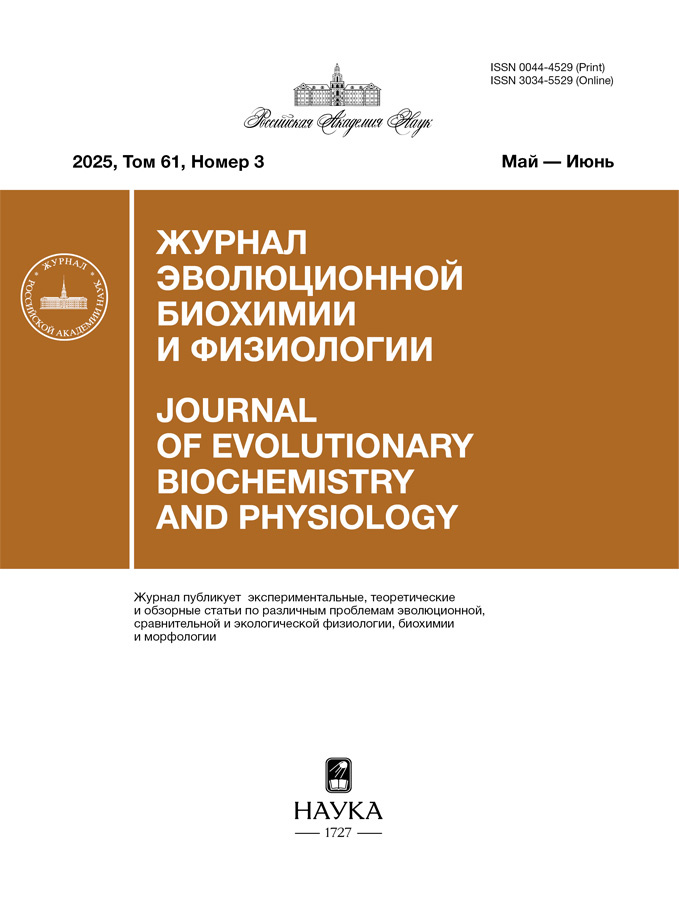EVOLUTIONARY HISTOLOGY OF BLOOD: FACTS, HYPOTHESES, PARADOXES
- 作者: Manskikh V.N.1
-
隶属关系:
- A.N. Belozersky Institute of Physico-chemical Biology, Lomonosov Moscow State University
- 期: 卷 61, 编号 3 (2025)
- 页面: 165-176
- 栏目: REVIEWS
- URL: https://rjraap.com/0044-4529/article/view/695488
- DOI: https://doi.org/10.7868/S3034552925030022
- ID: 695488
如何引用文章
详细
The paper examines the most important problems of evolutionary histology of vertebrate blood: the question of the phylogenetic precursor of blood cells and the sequence of their emergence in evolution, the origin and primary function of erythrocytes, the emergence of platelets and enucleated erythrocytes in mammals, the problem of the evolutionary diversity of leukocytes. Comparison of the data available in the literature allowed us to formulate several new conclusions, in particular, to describe the properties of the precursor of vertebrate blood cells, to show the origin of the erythroid lineage from the thrombocytic lineage with a hidden change in function, to answer the question of what causes the intracellular localization of hemoglobin in vertebrates, to reveal the great role of preadaptations and neutral evolution in the formation of new cell types, the manifestation of which can be found even in modern mammals. It is concluded that from the point of view of evolution, blood can be considered as a complex material with given properties, the structural elements of which can be subject to wide variations, provided that its functional qualities are preserved.
作者简介
V. Manskikh
A.N. Belozersky Institute of Physico-chemical Biology, Lomonosov Moscow State University
编辑信件的主要联系方式.
Email: manskikh@mail.ru
Moscow, Russia
参考
补充文件









